Why Crate Training is Important for Your Dog
Crate training, a practice with a rich history and origin, is a method used by dog owners to provide their pets with a secure and private space within the household. This technique is universally acclaimed and is deemed crucial for dogs of all ages and sizes. Crate training is not just a tool but a sanctuary for many dogs, offering a plethora of benefits to both the pet and the owner. It is universally recommended by breeders, veterinarians, and dog trainers, emphasizing its pivotal role in a dog’s life.
Furlyfe: A Dog Lovers Community
Benefits of Crate Training
Crate training provides a myriad of advantages, one of the most significant being the creation of a sense of security for dogs. By simulating a den-like environment, crates become a dog-safe comfort zone, especially during stressful situations like thunderstorms and fireworks. This sense of security is paramount in managing stress and anxiety in dogs, allowing them to have a safe and Understanding Dog Behavior regulated environment.
For owners, the peace of mind that comes with crate training is invaluable. Knowing that both their pets and household items are safe when they are away alleviates stress. Crate training acts as a preventive measure against destructive behaviors, ensuring the safety and well-being of the pet. This method is also a boon for senior dogs, offering them a quiet time and restful place, especially beneficial when dealing with health issues, which can be further understood by Managing Senior Dog Health.
Crate Training and Everyday Life
In everyday life, the role of crates extends beyond just being a secure and safe space though; they become an integral part of a dog’s life in managing separation anxiety and stress. Crates offer a consistent and familiar environment for dogs to rest, aiding them in dealing with chaotic situations in the household. They also assist dogs in adjusting to changes in the household, such as the arrival of new babies or guests, reducing territorial behaviors and aggression.
Crate Training Across Different Ages
From puppies learning housebreaking routines to senior dogs managing health conditions, crate training is versatile. Crates help in establishing a potty training routine for puppies, reducing accidents, and reinforcing good behaviors. For senior dogs or adult dogs, crates provide a safe and comfortable space, assisting in managing conditions like arthritis and incontinence, and preventing nighttime wandering.
Special Cases for Crate Training
For rescued dogs undergoing behavioral adjustment, crates are a sanctuary. They provide a sense of security and territory, helping rescued dogs overcome trauma and fear, and reducing behavioral issues like destruction and barking. Adopting and Adjusting Rescue Dogs can be a smoother process with the aid of crate training. Similarly, for hunting dogs, crates are essential during hunts and travel, managing wet and muddy dogs effectively.
Tips for Successful Crate Training
Successful crate training is synonymous with creating a positive experience and maintaining consistency. Feeding meals or treats in their crate makes crate time feel like a reward, emphasizing the importance of patience and consistency in creating a positive crate experience. Limiting crate time based on individual needs and maintaining regular interaction are crucial to prevent over-reliance on the crate. Start with the crate door open and gradually build up time with it closed.
Also Read: Best Dog Crates for Anxiety
Understanding the Concept of Crate Training
A dog crate is a fundamental element in a canine’s life, typically being a plastic or collapsible metal enclosed pen, just large enough for a dog to stand up and turn around. This concept is not a novel one but is deeply ingrained in the dog training methodologies employed by professional trainers and veterinarians. The crate serves multiple purposes, acting as a sanctuary and bed for the dog, providing confinement for reasons of safety, security, house training, prevention of destructive behavior, and travel.
The Human Perspective on Crate Training
From a human perspective, crate training is a gateway to peace of mind. Owners can relish the tranquility, knowing their dog is not only comfortable and protected but also not developing any bad habits in their absence. This assurance is pivotal as it ensures that nothing can be soiled or destroyed, allowing owners to leave their dogs home alone without any apprehensions. Practical Steps for Crate Training can offer a structured approach to achieving this peace of mind effectively.
Moreover, crate training is a cornerstone for house training, using confinement to encourage control and establish a regular routine for outdoor elimination. It acts as an effective confinement tool at times when the dog may be underfoot, over-excited, or bothered by too much confusion or activity, especially during mealtimes and when having guests.
The Dog’s Perspective on Crate Training
From a dog’s viewpoint, a crate is a private and secure den where they can retreat when tired, stressed, or not feeling well. This privacy and security are essential as they allow dogs to avoid much of the fear, confusion, and anxiety caused by the owner’s reaction to problem behavior. Understanding and Solving Behavioral Issues can provide deeper insights into managing these behavioral aspects effectively.
Crates also play a crucial role in helping dogs control their bowels and associate elimination only with the outdoors. This association is vital as it helps in preventing indoor accidents and ensuring a harmonious living environment with their human counterparts.
The Importance of Inclusion in Family Activities
Dogs, being highly social animals, crave inclusion in family activities and the feeling of belonging that comes from living in the house, even when the family may not be there. Keeping dogs inside and making them an integral part of the family can avoid the onset of problem behaviors such as barking, digging, fence jumping, and chewing.
A crate allows owners to leave dogs in the house when they are away, or unable to supervise them, ensuring they are part of the family outings and trips instead of being left behind alone.
Practical Application of Crate Training
Crate training is not just about understanding its benefits but also about its practical application. Learning how to crate train a dog effectively involves patience, consistency, and positive reinforcement. Avoiding common mistakes, such as using the crate as a punishment and ensuring the dog associates it with positive experiences, is significant in the Humane Approach to Crate Training.
Also Read: Best Dog Crate Covers
Implementing Crate Training: Strategies and Best Practices
Implementing crate training is a journey that requires a blend of patience, consistency, and a deep understanding of your dog’s needs and behaviors. This practical aspect of crate training is pivotal, ensuring that the process is smooth and beneficial for both the dog and the owner.
Choosing the Right Crate
Choosing the right crate is the first step in this journey. The crate size and type are crucial, ensuring that the dog has enough space to stand up, turn around, and lie down comfortably. Selecting an appropriate size and type of crate is essential for the dog’s comfort and well-being. Different types of crates, such as plastic and collapsible metal ones, offer varied suitability based on individual dog needs. The Humane Society’s Guide to Crate Training provides comprehensive insights into choosing the right crate.
Moreover, the location of the crate plays a significant role. It should be placed in a quiet, comfortable, and inclusive location within the family living area. Avoiding isolated or disruptive locations is crucial to make the dog or puppy feel included and secure.
Introducing the Dog to the Crate
Introducing the dog to the crate should be a gradual and positive experience. Creating a welcoming environment using treats, toys, and comfortable bedding is essential to make the crate inviting. Strategies like feeding meals in the crate and placing favorite toys inside can help in creating positive associations.
Addressing the dog’s perspective, the crate should be a place of security and privacy. Avoiding any negative associations and punishments related to the crate is paramount in establishing a positive crate experience. AKC’s Crate Training Tips offer valuable advice on creating a positive introduction to the crate.
Establishing a Crate Training Routine
Establishing a consistent crate training routine is fundamental in successful crate training. Regular feeding, bathroom breaks, and crate times are pivotal in creating a structured environment for the dog. The duration spent in the crate should be appropriate, based on the dog’s age and individual needs, and should be gradually increased.
Being consistent and maintaining a routine are essential in making the dog feel secure and in control. Providing ample interaction and breaks is crucial to prevent over-reliance on the crate and to maintain a balanced lifestyle for the dog.
Addressing Common Challenges
Addressing common challenges such as separation anxiety and barking is integral in crate training. Implementing strategies like gradual departures and returns and providing comforting items in the crate can help in managing and reducing separation anxiety. ASPCA’s Guide on Separation Anxiety provides in-depth strategies to address this common challenge.
Moreover, addressing issues of barking and whining in the crate involves ignoring attention-seeking behaviors and rewarding quiet behavior. Ensuring the dog’s needs are met before crate time is essential in preventing distress and discomfort.
Monitoring Progress and Adjusting Strategies
Monitoring progress and being willing to adjust strategies are crucial in crate training. Regularly assessing the dog’s comfort level with the crate and making necessary adjustments based on individual responses is essential for successful crate training.
Being flexible and recognizing signs of distress are important in maintaining the dog’s well-being during crate rest. Adjusting crate training practices based on the dog’s comfort and needs is crucial in fostering a positive crate training experience.
Also Read: Best Crates for Small Dogs
The Impact of Crate Training on Dogs and Owners
Crate training, when implemented correctly, can have a profound impact on both dogs and their owners. It goes beyond mere confinement; it’s about creating a safe haven for dogs and a harmonious living environment for everyone involved. Understanding this impact is crucial for appreciating the value of crate training in the lives of dogs and their owners.
Behavioral Benefits for Dogs
- Development of Positive Habits:
- Crate training aids in the development of positive habits and routines for dogs.
- It helps in reducing destructive behaviors and promotes calmness and discipline.
- Enhanced Sense of Security:
- Crates serve as a secure and private space, offering dogs a sense of security and comfort.
- This sense of security is pivotal in reducing stress and anxiety in dogs.
- Improved Relationship with Owners:
- A well-crate-trained dog tends to have a better and more harmonious relationship with its owners.
- It fosters mutual respect and understanding between dogs and their owners, enhancing the bond they share.
Convenience and Peace of Mind for Owners
- Reduced Anxiety:
- Owners experience reduced anxiety about leaving their dogs home alone.
- Knowing the dog is safe and not engaging in destructive behavior provides immense peace of mind.
- Flexibility in Lifestyle:
- Crate training allows for more flexibility in the owners’ lifestyle, enabling them to travel with their dogs or leave them when necessary.
- This flexibility is crucial for maintaining a balanced and stress-free life for dog owners.
- Enhanced Bonding:
- The mutual respect and understanding developed through crate training enhance the bonding between dogs and their owners.
- This enhanced bond is foundational for a fulfilling and joyful relationship.
Humane Society’s Guide to Crate Training provides extensive insights into achieving these behavioral benefits and fostering a positive relationship between dogs and their owners.
Long-term Well-being and Happiness
- Healthier Lifestyle:
- Crate training contributes to a healthier lifestyle for dogs by providing them with a structured and balanced routine.
- Regular feeding, bathroom breaks, and rest times are essential for maintaining the dog’s health and well-being.
- Reduced Behavioral Issues:
- The discipline and routine established through crate training help in reducing behavioral issues in dogs.
- It prevents the development of undesirable behaviors such as excessive barking, chewing, and aggression.
- Enhanced Quality of Life:
- The mutual understanding and respect developed through crate training enhance the quality of life for both dogs and their owners.
- It fosters a harmonious living environment, promoting happiness and contentment for everyone involved.
AKC’s Crate Training Tips offer practical advice and strategies for implementing crate training effectively to achieve long-term well-being and happiness for dogs and their owners.
Also Read: How to House Train an Older Dog
Concluding Thoughts on Crate Training
Crate training stands as a pivotal element in dog training methodologies, offering a structured and balanced lifestyle for dogs and peace of mind for their owners. It’s a holistic approach that goes beyond confinement, focusing on the well-being, happiness, and harmonious coexistence of dogs and their human companions.
Recapitulation of Crate Training Benefits
- Behavioral Development:
- Crate training is instrumental in fostering positive behavioral development in dogs.
- It aids in reducing destructive behaviors and instills a sense of discipline and routine.
- Security and Comfort:
- The crate serves as a secure and comfortable space, providing dogs with a sense of security and privacy.
- This security is essential in mitigating stress and anxiety in dogs, promoting a calm demeanor.
- Owner-Dog Relationship:
- The mutual respect and understanding developed through crate training are foundational for a harmonious owner-dog relationship.
- It enhances the bond between dogs and their owners, fostering a fulfilling companionship.
The Importance of Consistency and Patience
- Regular Routines:
- Maintaining consistent routines in feeding, bathroom breaks, and crate times is crucial for successful crate training.
- Consistency in routines helps in establishing a structured environment, beneficial for the dog’s well-being.
- Positive Reinforcement:
- Employing positive reinforcement techniques is essential in creating a positive association with the crate.
- Rewards and positive interactions are pivotal in making the crate a pleasant space for dogs.
- Gradual Introduction:
- Introducing the dog to the crate gradually and positively is vital for a smooth crate training process.
- A gradual introduction helps in preventing any negative associations with the crate, ensuring the dog’s comfort and acceptance.
ASPCA’s Guide on Separation Anxiety offers valuable insights into maintaining consistency and employing positive reinforcement techniques effectively during crate training sessions.
The Lifelong Journey of Crate Training
- Continuous Learning:
- Crate training is a continuous learning process for both dogs and their owners.
- It involves regular assessments, adjustments, and a willingness to learn and adapt to each other’s needs.
- Mutual Respect and Understanding:
- The journey of crate training is about building mutual respect and understanding between dogs and their owners.
- It fosters a deeper bond and a more harmonious living environment, enhancing the quality of life for both.
- Balanced Lifestyle:
- Crate training contributes to a balanced and structured lifestyle, promoting the well-being and happiness of dogs and their owners.
- It provides a structured routine, security, and a sense of belonging, essential for a happy and content life.
Humane Society’s Guide to Crate Training provides extensive information on the lifelong journey of crate training and its impact on the balanced lifestyle of dogs and their owners.
Crate training is more than a training tool; it’s a pathway to a harmonious and joyful companionship between dogs and their owners. It’s about understanding, respect, learning, and a mutual journey towards a happy and balanced life. The benefits of crate training are multifaceted, extending to behavioral development, security, comfort, and a fulfilling relationship, making it an indispensable aspect of dog training methodologies.
Frequently Asked Questions

Why Crate Training is Important
- Q: How does crate training contribute to a dog’s sense of security?
- A: It simulates a den-like environment, providing a safe and comfortable space, reducing anxiety during stressful situations.
- Q: Can older dogs be crate trained successfully?
- A: Yes, older dogs can be introduced gradually to crate training, providing them with a safe and restful place, especially beneficial for managing health conditions.
- Q: How does crate training aid in managing behavioral issues in rescued dogs?
- A: It provides a secure and territorial space, helping them overcome trauma and fear, and reducing behavioral issues like destruction and barking.
- Q: How does crate training help dogs avoid fear and anxiety?
- A: It provides a secure and private space, allowing dogs to avoid much of the fear, confusion, and anxiety caused by the owner’s reaction to problem behavior.
- Q: Is crate training practical for house training dogs?
- A: Absolutely, it uses confinement to encourage control and establish a regular routine for outdoor elimination, preventing indoor accidents.
- Q: How can I introduce my dog positively to the crate?
- A: Gradually introduce the crate, use treats and toys to make it inviting, and create positive associations with meals and playtime.
- Q: How to address separation anxiety during crate training?
- A: Implement gradual departures and returns, provide comforting items in the crate, and ensure the dog’s needs are met before crate time.
- Q: How to monitor and adjust crate training strategies?
- A: Regularly assess the dog’s comfort level with the crate, be flexible, and adjust strategies based on individual responses and needs.
- Q: Does crate training contribute to the long-term well-being of dogs and their owners?
- A: Yes, it contributes to a healthier lifestyle, reduces behavioral issues, and enhances the quality of life, promoting a harmonious living environment.
- Q: Is crate training a continuous process?
- A: Yes, crate training is a continuous learning process involving regular assessments, adjustments, and a willingness to adapt to each other’s needs.
Interested Read
Treeing Walker Coonhound Health Issues




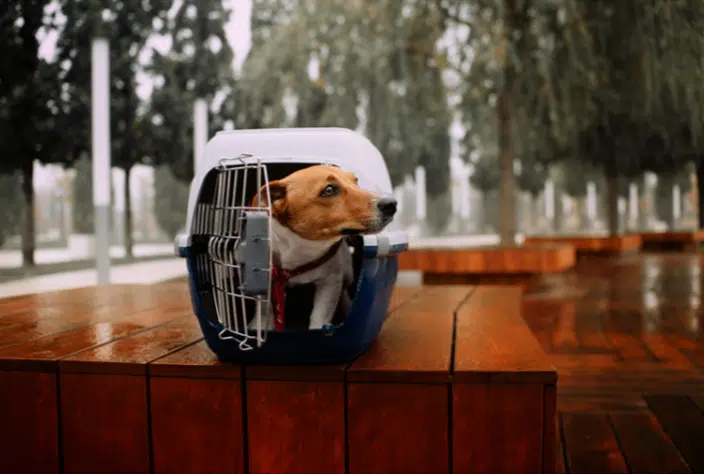
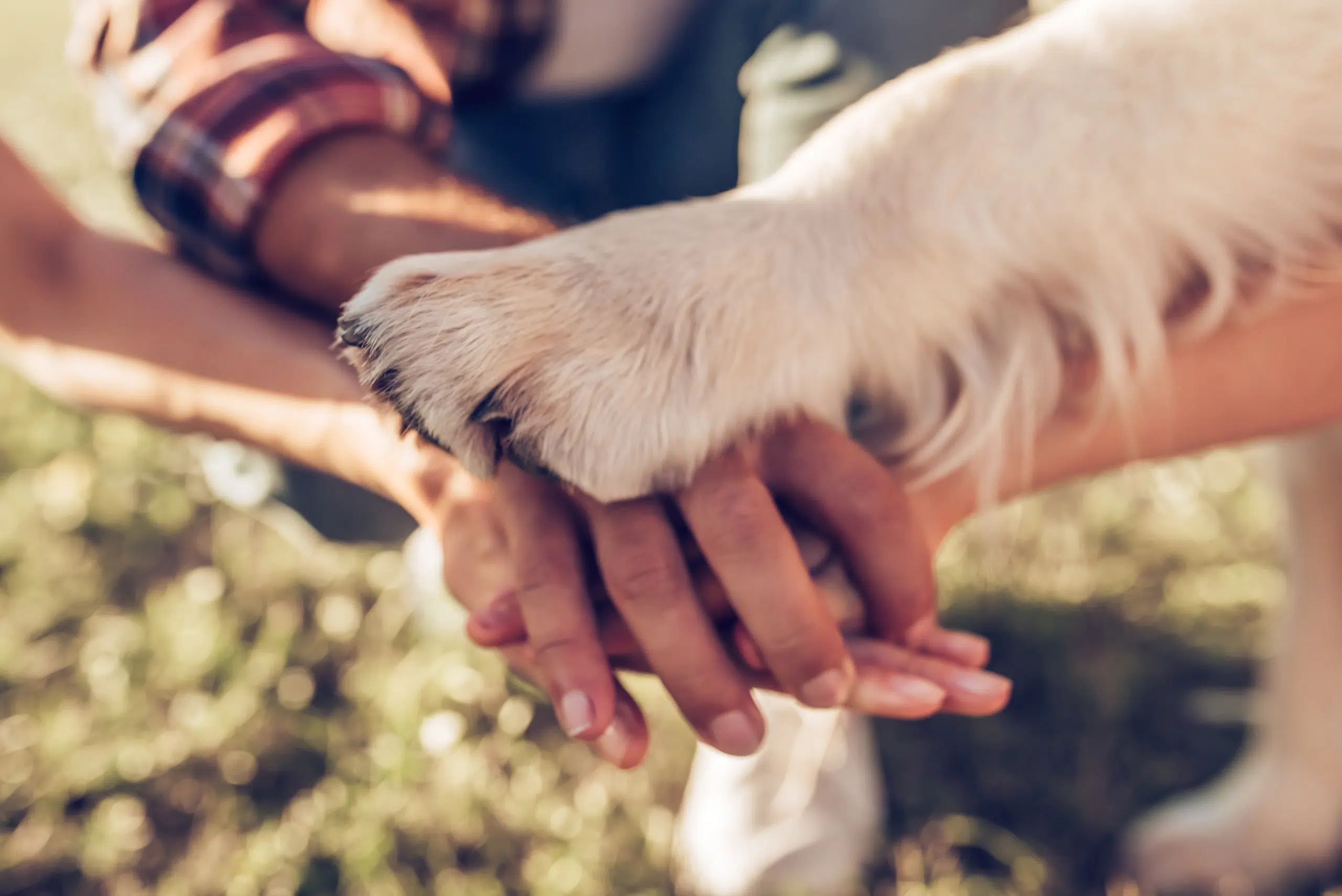

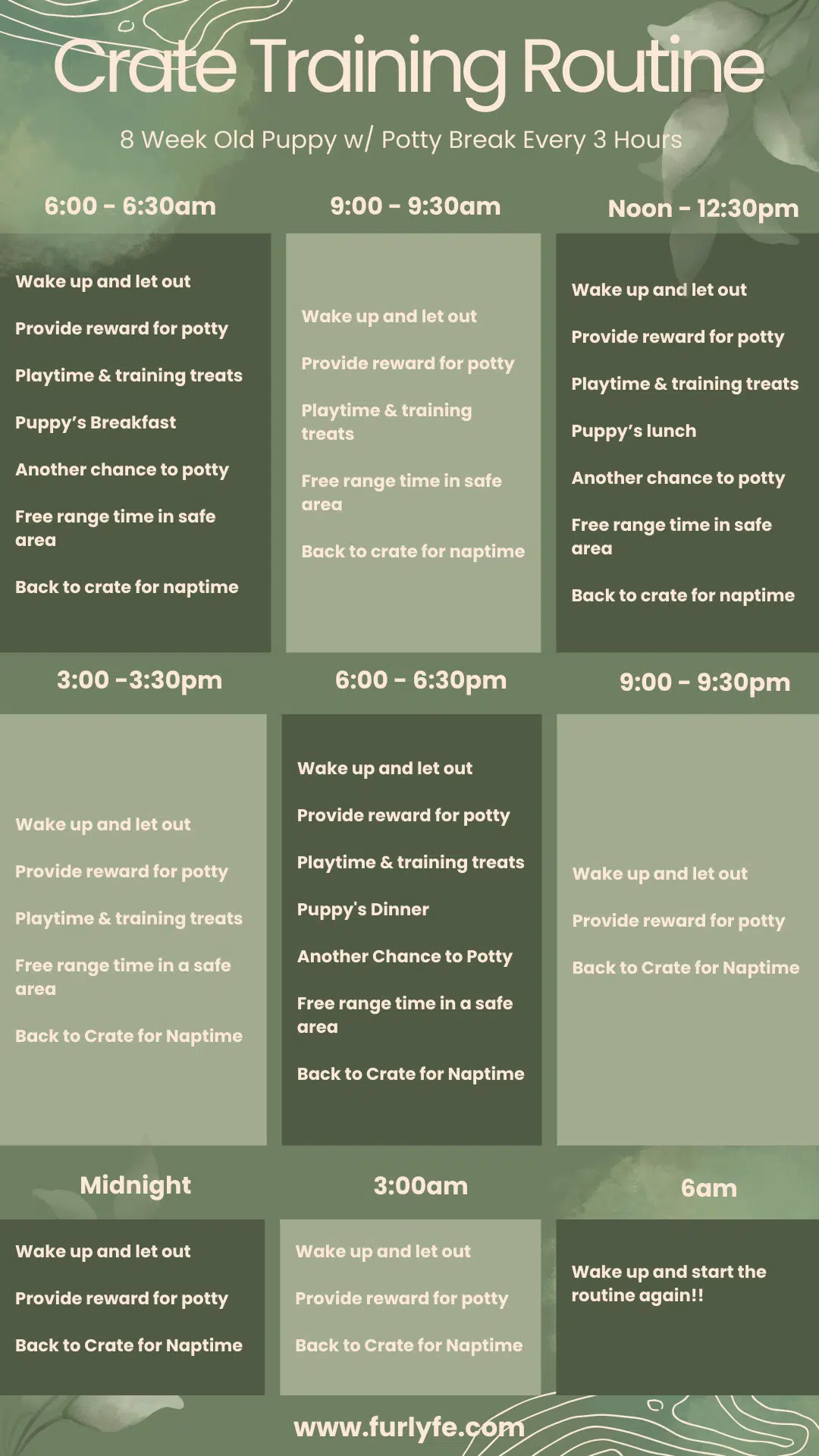
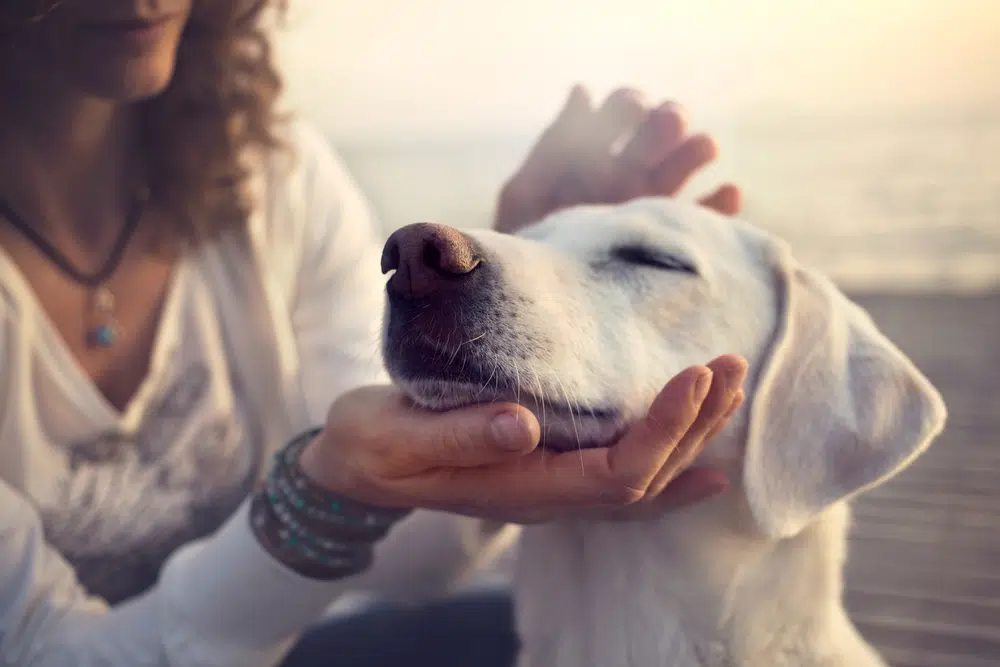

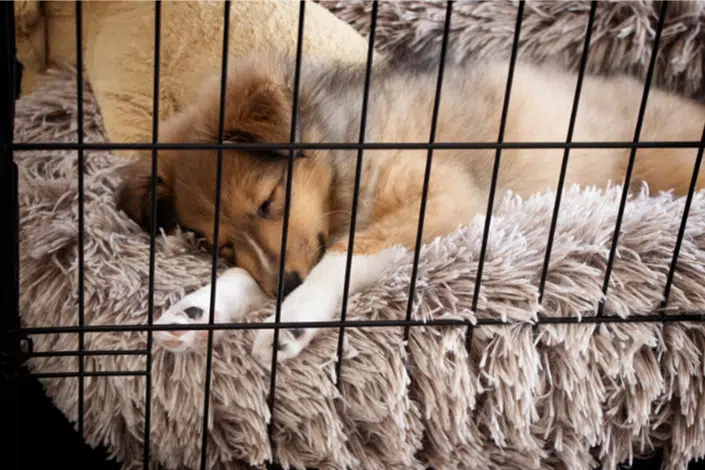
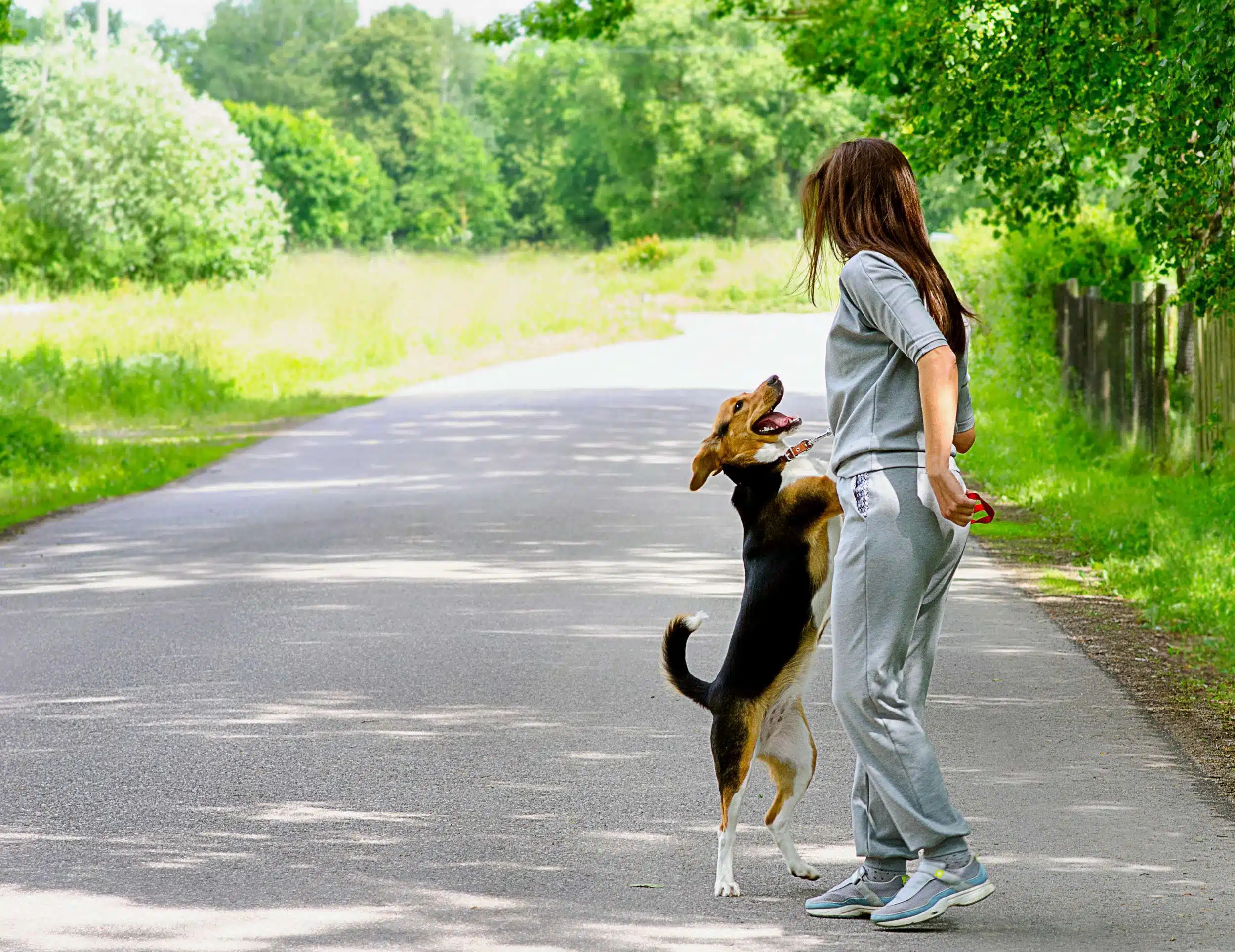





Get involved!
Comments